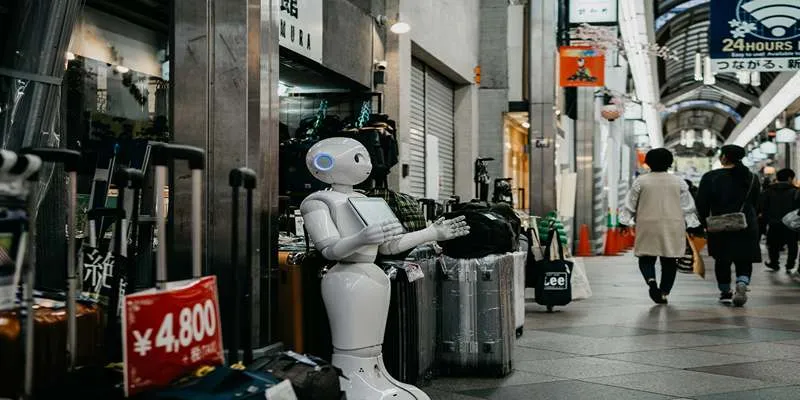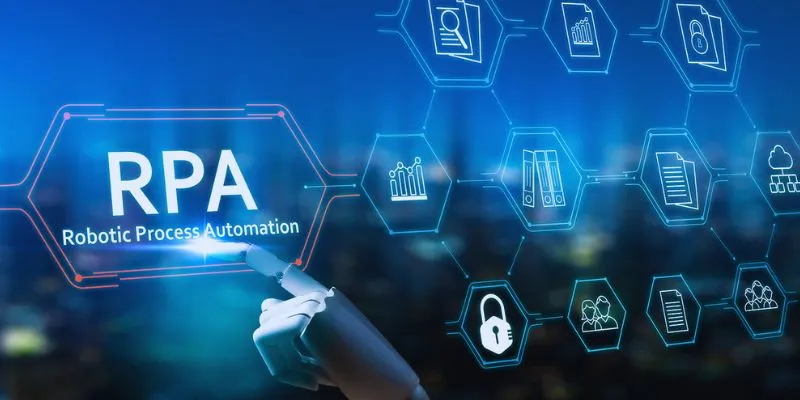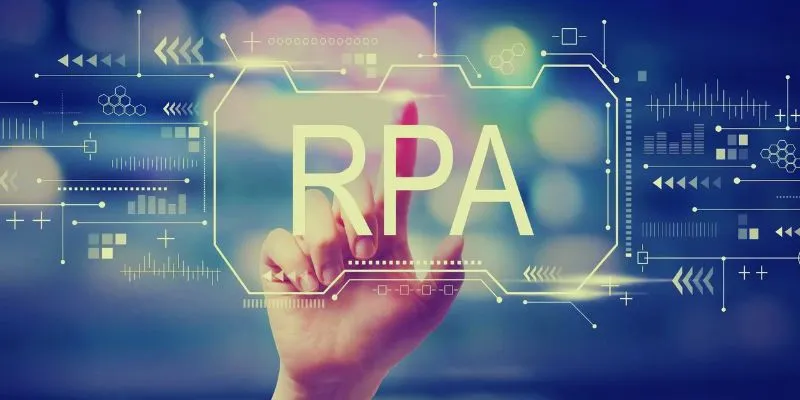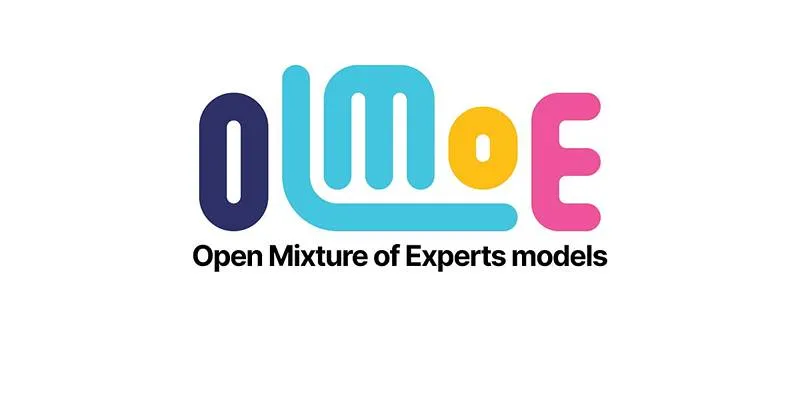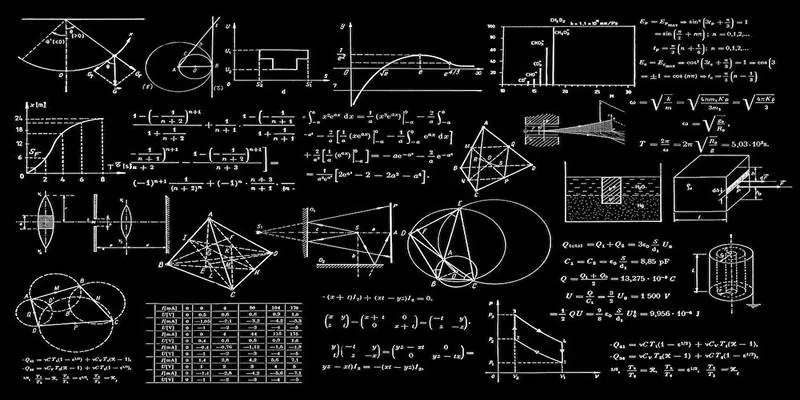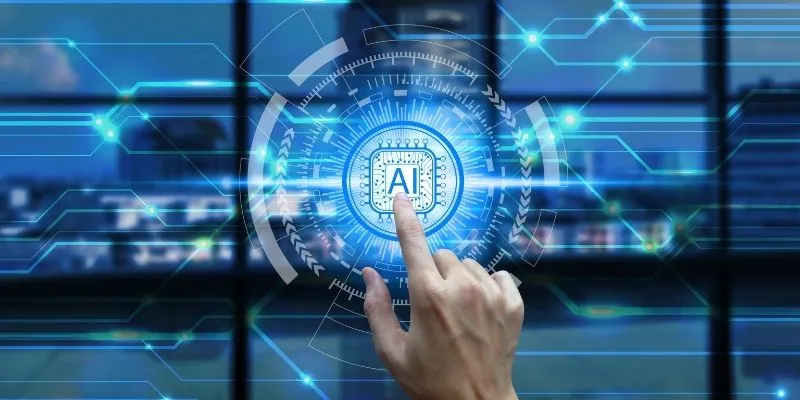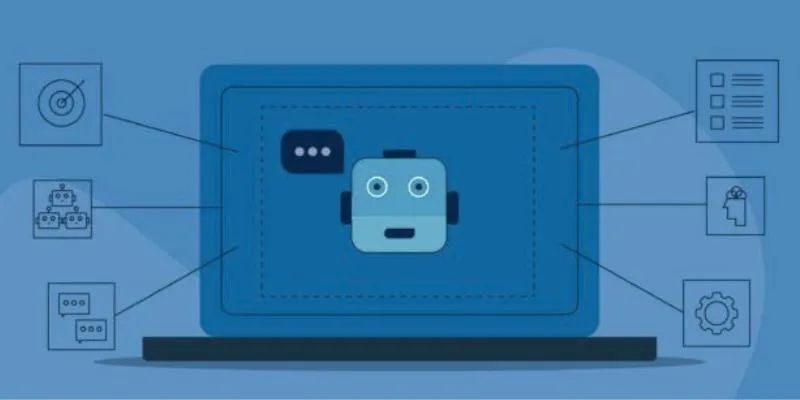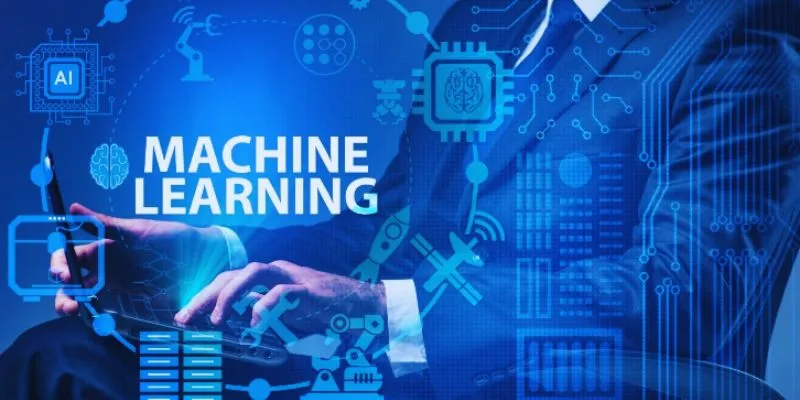Artificial intelligence (AI) is no longer just a concept—it’s transforming industries worldwide by automating tasks and reshaping economies. While AI offers significant benefits, including enhanced efficiency and cost reduction, it also brings challenges such as job displacement and economic polarization. These effects are particularly pronounced among low-skilled workers, while high-skilled individuals often reap the rewards. This article explores how societies can harness AI’s economic advantages while ensuring equitable employment opportunities for all citizens.

AI and Income Inequality: Understanding the Divide
How AI Affects Wage Gaps and Job Distribution
AI significantly impacts the labor market, especially in terms of employment opportunities and wage distribution. High-skilled professionals in AI-related fields are experiencing growth in job opportunities and salaries. In contrast, low-skilled workers face an uncertain future as AI automates routine operations, especially in sectors like manufacturing and retail. This shift widens wage inequality, as those with specialized AI skills earn more, while others face wage stagnation or job loss. Furthermore, large corporations benefit from improved efficiency, exacerbating economic inequality, as smaller businesses and their employees struggle financially.
The Role of Automation in Economic Disparities
Technological advancements lead to increased productivity but also contribute to income disparity. AI solutions often replace human workers, rendering certain occupations obsolete. While companies reduce expenses, employees face wage cuts. For example, self-checkout kiosks in supermarkets eliminate cashier positions, impacting low-wage workers. The benefits of AI are not evenly distributed, with wealthier individuals accessing better technology. This growing issue highlights the need for policies that promote equal access to AI education and opportunities for workers displaced by new technologies.
AI’s Impact on High-Skilled vs. Low-Skilled Workers
AI tends to favor highly educated professionals, as it often replaces low- skill jobs. Researchers, financial analysts, and technicians leverage AI for career advancement, while industries like transportation and food service face job displacement. This exacerbates structural unemployment, as displaced workers struggle to acquire the skills needed in AI-driven industries. Governments and businesses must prioritize AI education and workforce development to bridge this gap and provide retraining opportunities for vulnerable workers.
The Economic Impact of AI on Labor Markets
How AI Reshapes Employment and Job Creation
While AI eliminates certain jobs, it also creates new opportunities in fields like data science, cybersecurity, and automation engineering. However, transitioning from traditional roles to AI-oriented ones is challenging and requires retraining. Despite these hurdles, AI enhances business efficiency, which can lead to sustainable employment. Additionally, AI entrepreneurship and digital startups offer employment opportunities, though resource access remains unequal for underprivileged communities.

Productivity Growth vs. Wage Stagnation in the AI Era
AI boosts efficiency by reducing human interference, yet wage stagnation persists. Companies adopting AI reap benefits like increased profits and productivity, often at employees’ expense. Automation can lead to downsizing, negatively impacting total wages. Addressing this requires balanced strategies that ensure employees benefit from productivity gains.
Industries Most Affected by AI Disruption
AI integration is transforming numerous industries. Manufacturing, which has long relied on automation, continues to evolve with advanced robotic systems. Retail and customer service sectors employ AI chatbots and self-service options. In healthcare, AI aids diagnostics and administrative tasks, altering employment needs. The automotive industry faces significant disruption with self-driving cars threatening driving jobs. While AI offers advantages, industries must prioritize workforce retraining to ensure a seamless transition.
Labor Market Automation and Workforce Challenges
Automation through AI poses a significant threat to middle-class workers in administrative and clerical roles. Tasks such as data entry, customer service, and accounting are increasingly automated. Unlike past technological revolutions that primarily affected low-skilled workers, AI impacts high- skilled employees, challenging middle-class stability. To tackle this, education reforms should focus on equipping workers with AI-related skills to thrive in the evolving job market.
Conclusion
Artificial intelligence is reshaping labor markets, offering new opportunities and posing risks. While automation boosts production rates and reduces costs, it also increases unemployment. AI’s impact is more detrimental to low-skilled and middle-class workers while benefiting high-skilled professionals. To address these disparities, workforce development, education, and strategic use of AI are essential. By prioritizing these areas, societies can better navigate the challenges and opportunities presented by AI.
 zfn9
zfn9


